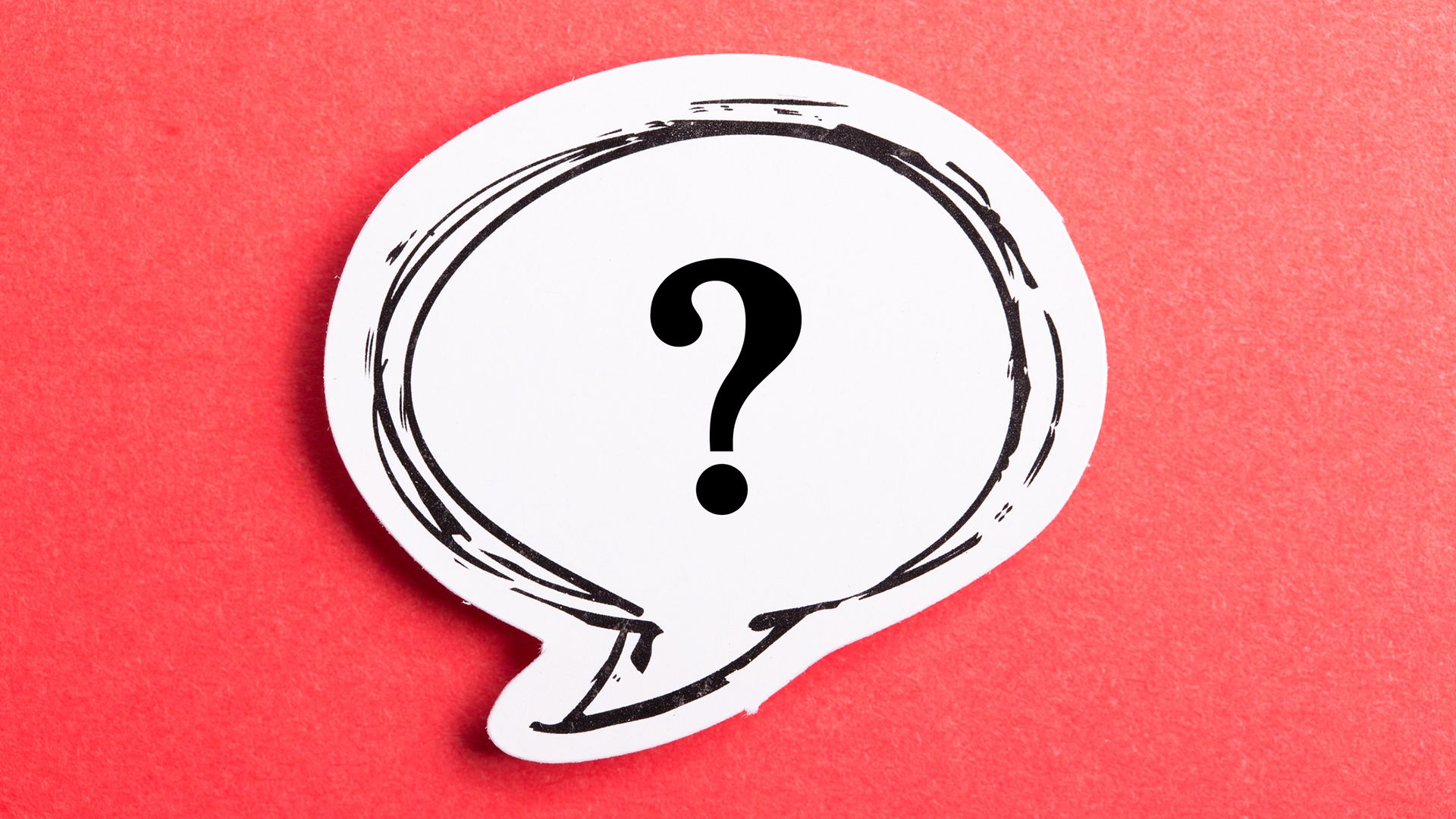Updated on November 10, 2023
Chronic spontaneous urticaria (CSU) is the clinical term for chronic hives. More specifically, it refers to hives (urticaria) without an identifiable trigger (spontaneous) that occur on most days for six weeks or longer (chronic). This condition is formerly known as chronic idiopathic urticaria.
The symptoms of CSU
Hives are also called welts or wheals. These are a rash of raised and itchy bumps that can vary in size, number, and location on the body. Hives can be skin colored and can vary in appearance depending on a person’s skin color. On lighter skin, hives may appear red or pink and turn white when pressed. On darker skin, hives may appear lighter or darker than the affected skin.
People who have CSU may also experience angioedema. Angioedema is similar to hives, only it occurs in the deeper layers of the skin instead of on the surface.
Quality of life, fatigue, and CSU
The impact of CSU extends beyond the skin. Due to its uncomfortable, unpredictable, and long-lasting symptoms, CSU can impact nearly any aspect of a person’s life.
One of the most commonly reported impacts of CSU is fatigue.
What is fatigue?
Fatigue can be described as a state of physical and mental exhaustion. A person experiencing fatigue can lack energy and motivation. They may experience drowsiness at times when they need to be awake. They may also experience apathy, a lack of caring about what is happening around them.
Fatigue can interfere with normal activities. It can also put a person’s safety at risk—for example, increasing the risk of accidents at work or while driving.
In some cases, fatigue is caused by things like physical exertion, emotional stress, or too little sleep—and it may resolve with sleep and rest.
In other cases, fatigue does not resolve with sleep and rest, and can persist for long periods of time.
Fatigue is associated with many different health conditions and other causes.
How can CSU lead to fatigue?
There are several known or likely factors that may contribute to fatigue among people living with CSU. These include:
CSU can disrupt sleep
The itching caused by CSU can make it difficult to sleep, and itching may get worse at night. CSU can also contribute to stress and anxiety, which can make it difficult to sleep. Over time, lack of sleep and the inability to get restful sleep can lead to fatigue.
The role of inflammation
Hives and angioedema are caused by a release of inflammatory cells by the body’s immune system. In the case of CSU, it is not fully understood why this release of inflammatory cells occurs. But it is known that disease-associated inflammation can contribute to fatigue.
Medication side effects
Drowsiness is a potential side effect of medications used to treat CSU. This is especially true of older antihistamine drugs. Newer, non-sedating antihistamine drugs (as well as a monoclonal antibody drug approved for CSU) are recommended over older antihistamines, though there are reports of fatigue and drowsiness being less common side effects.
Burnout
The signs and symptoms of fatigue overlap with the signs and symptoms of burnout. Burnout is a state of physical, mental, and emotional exhaustion caused by being under an unmanageable amount of stress. Stress is often part of the experience of living with a chronic condition like CSU. The impact that a condition like CSU can have on mental health should not be underestimated, and many people living with conditions like CSU can benefit from strategies like therapy, counseling, and participating in a support group.
Something else entirely
While fatigue is associated with CSU, it can have many different causes and contributing factors, including other health conditions. While CSU can feel all-encompassing, having one health condition does not exclude a person from having others. There are a number of other conditions that are more prevalent among people who have CSU, including thyroid disorders, rheumatoid arthritis, and other autoimmune conditions—another reason why it’s important to work with a healthcare provider to discuss all symptoms you are experiencing.
What to do if you are experiencing fatigue
If you are experiencing fatigue, talk to your healthcare providers. Because fatigue can be caused by many different factors, it’s important to identify the factors that may be contributing to fatigue. The answer to this will be a little bit different for everyone.
A healthcare provider can evaluate what you are experiencing, order exams and tests that can provide detailed information, and recommend a treatment plan for fatigue based on your health and your needs.






